16 Fall Crops That Taste Even Better After Frost
As the weather cools, some fall crops taste even better after the first frost. The cold temperatures cause certain vegetables to undergo a natural transformation, bringing out their natural sweetness and improving their flavor. These crops, once touched by frost, become milder, tenderer, and more enjoyable to eat. From hearty greens to sweet root vegetables, frost enhances the taste and texture of many fall harvests.
This post may contain affiliate links, which helps keep this content free. Please read our disclosure for more info.
Brussels Sprouts
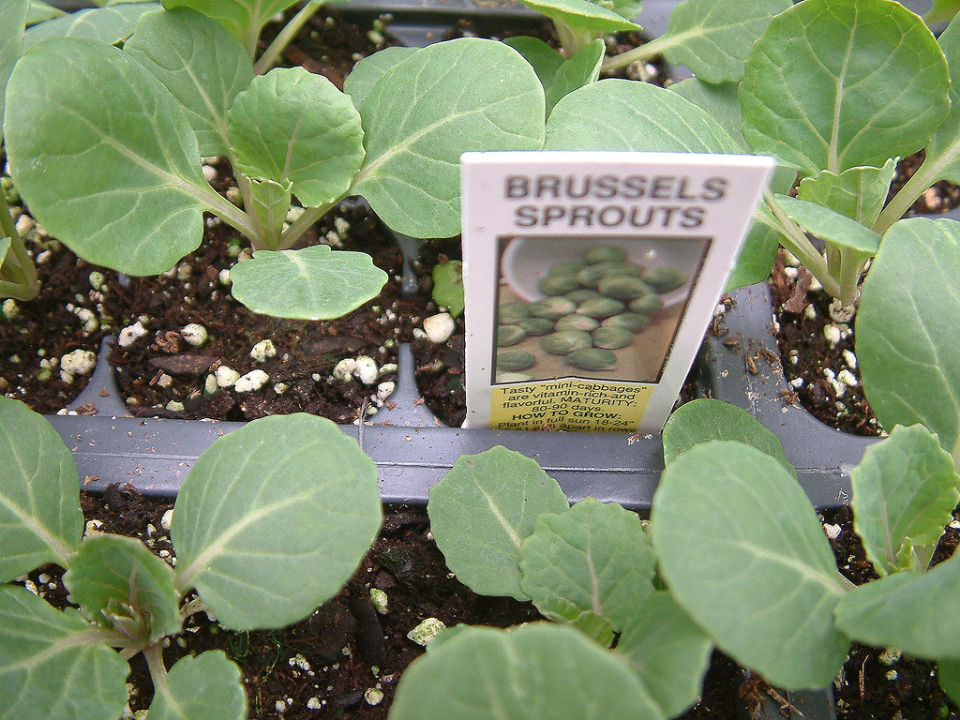
Brussels sprouts, when left on the plant after a frost, develop a sweetness that balances their typically strong, bitter flavor. The cold causes the plant to store more sugars in the leaves and buds, making them taste more nutty and less sharp. This sweetness is particularly evident when Brussels sprouts are roasted or sautéed, as the natural sugars caramelize, adding depth to their flavor.
Many people find that they enjoy Brussels sprouts much more after they have been exposed to frost, as the rough, cabbage-like bitterness softens. These vegetables are ideal for fall dishes like roasted vegetable medleys or served as a side to roasted meats. Their post-frost flavor also makes them perfect in dishes like Brussels sprout slaw, where their sweetness shines through.
Carrots
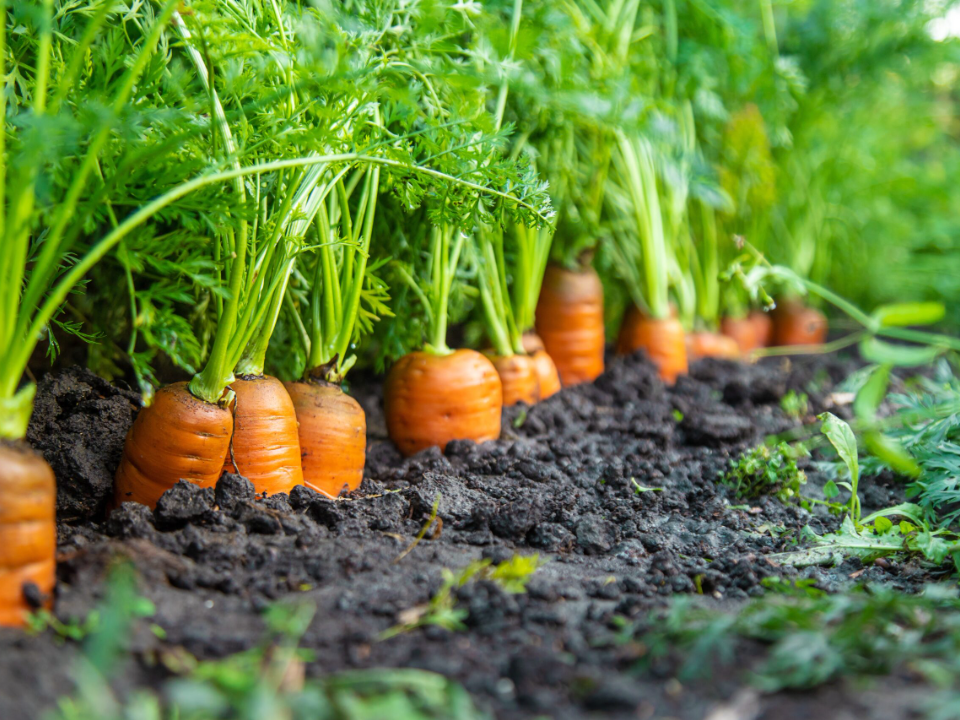
Carrots are a perfect example of how frost can enhance the flavor of a vegetable. After exposure to cold temperatures, carrots store more sugar in their roots, which makes them significantly sweeter. This transformation reduces their typically earthy, sometimes harsh flavor, and the result is a more mellow, pleasant taste.
Frost-touched carrots have a softer, juicier texture, which makes them easier to cook and enjoy. Whether eaten raw, roasted, or cooked in soups, these carrots add a natural sweetness that complements a wide range of autumn meals. The sweetness is particularly noticeable when they are roasted, as the sugars caramelize, making them a great addition to any fall vegetable dish.
Spinach
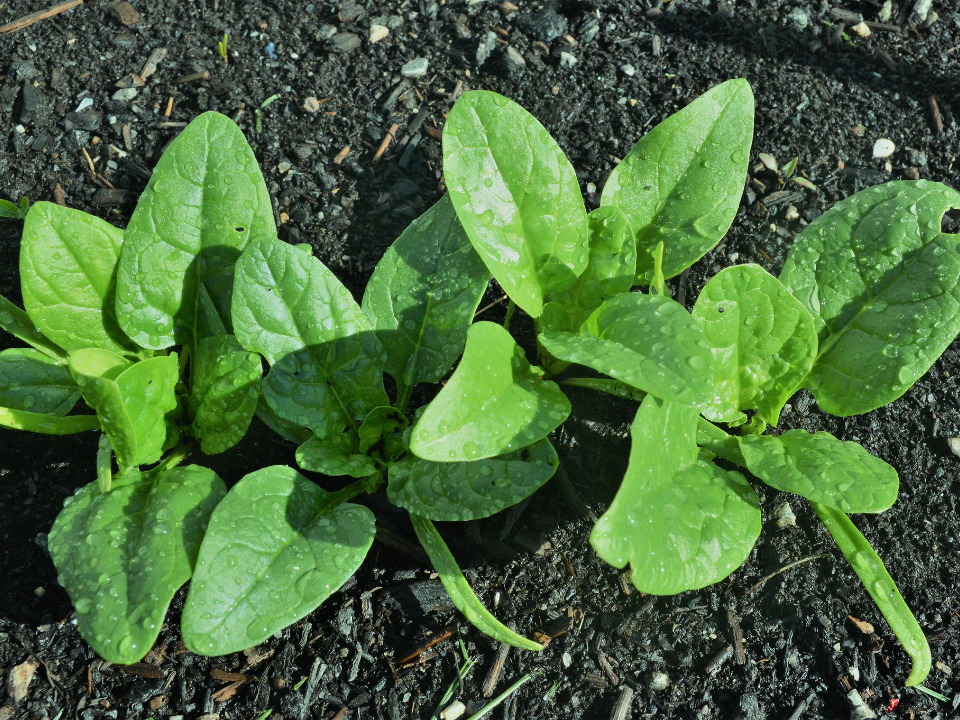
Spinach is another leafy green that benefits from a light frost. The cold weather helps break down some of the bitter compounds in spinach, leaving behind a sweeter, more enjoyable flavor. This change is especially noticeable in mature spinach leaves, which tend to become milder after frost.
The texture also improves as the frost makes the leaves more tender, making them perfect for sautéing or adding to soups. Frost-enhanced spinach pairs well with other fall ingredients such as garlic, onions, and hearty root vegetables. The sweetness that comes with frost also makes it a great addition to warm salads or smoothies.
Beets
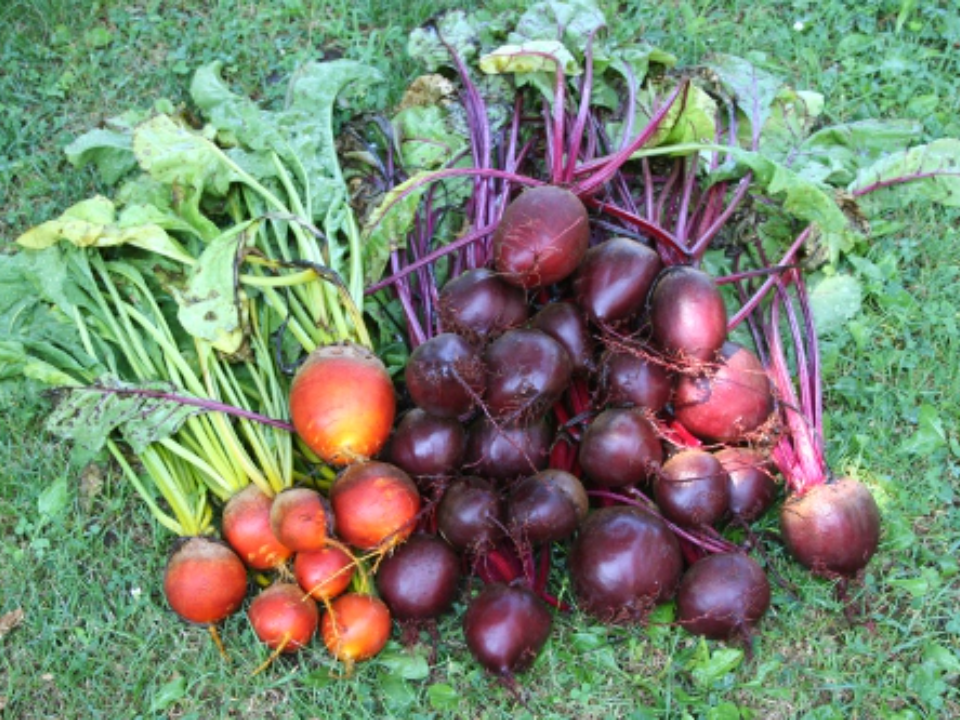
Beets are known for their earthy flavor, but frost can help turn this into something much sweeter. After a frost, beets store more sugar in their roots, making them taste milder and more balanced. The natural sweetness that develops after frost makes them a versatile ingredient in both savory and sweet dishes.
Roasting beets is one of the best ways to bring out their post-frost sweetness, as the sugars caramelize in the oven. Beets are delicious in salads, soups, or as a side dish, and their vibrant color adds visual appeal to any plate. The frost-enhanced flavor can even make beets enjoyable when eaten raw, sliced thin and paired with citrus or cheese.
Broccoli
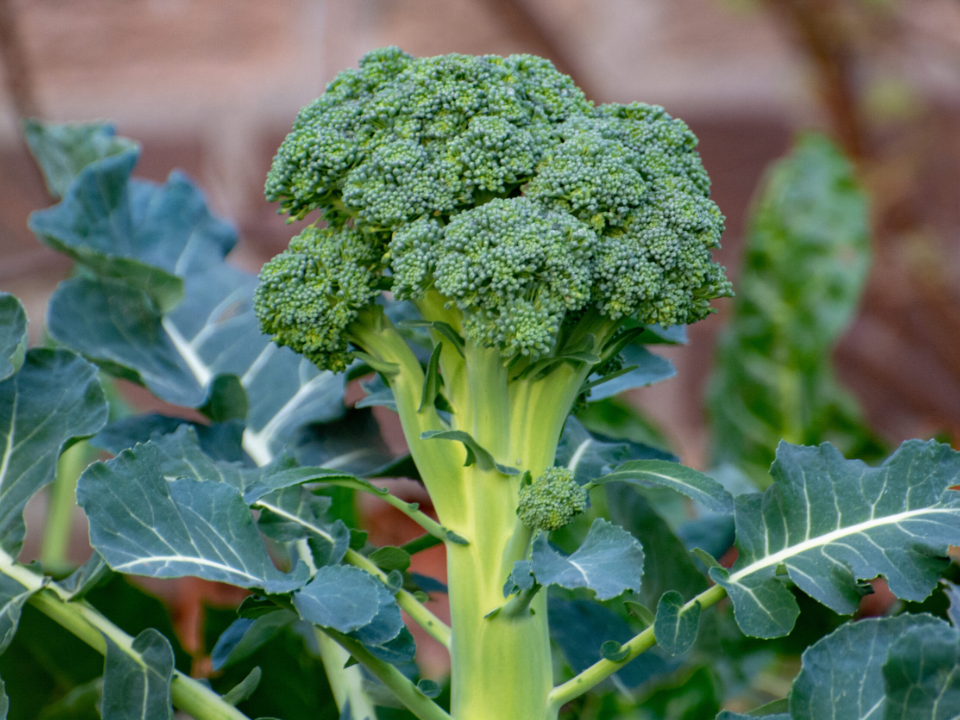
Broccoli is a cool-weather vegetable that thrives in autumn, and it becomes more flavorful after a frost. The cold temperatures help reduce the vegetable’s natural bitterness, making it taste sweeter and more delicate. Frost encourages the broccoli to store more sugars in its florets, which brings out a natural sweetness that balances its earthy flavor.
After frost, the texture of broccoli also improves, becoming more tender and easier to cook. Roasting broccoli with a bit of olive oil, garlic, and a sprinkle of parmesan enhances its sweetness even more. It’s also perfect in soups and casseroles, where the sweetness can complement savory ingredients like bacon or cheese.
Cabbage
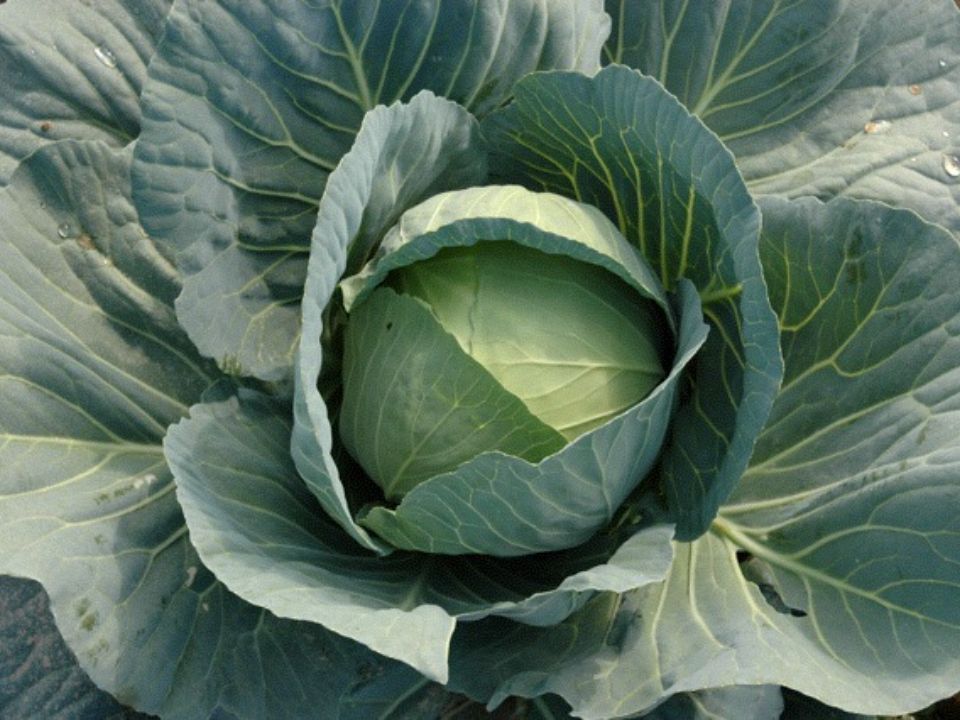
Cabbage is a hardy vegetable that can endure frost, and it actually becomes sweeter and more flavorful after exposure to cold. The cold weather helps soften the leaves, making them more tender and less fibrous. The frost also encourages the cabbage to store more sugar, which reduces its naturally bitter taste.
This makes the leaves milder, adding a natural sweetness to both raw and cooked dishes. Cabbage is great in salads, but it also works wonderfully when braised, roasted, or added to soups. After frost, cabbage pairs well with rich, hearty ingredients like pork and bacon, making it a perfect fall dish.
Collard Greens
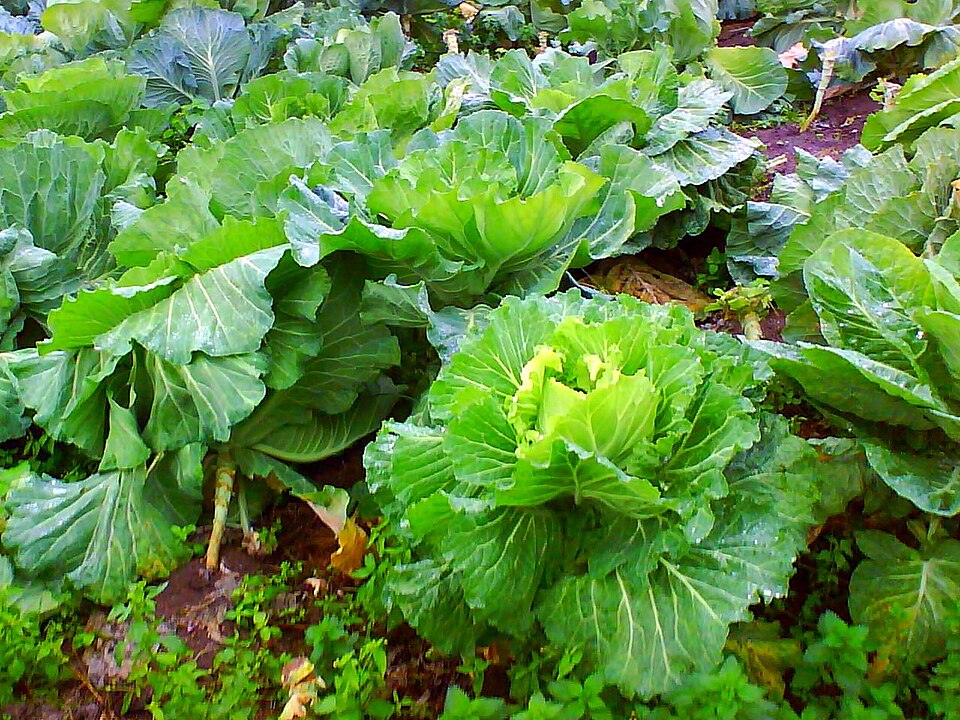
Collard greens are another vegetable that benefits from frost, as it helps to reduce the bitter flavors and enhance the vegetable’s natural sweetness. Typically, collard greens can have a sharp, earthy taste, but after frost, they become much milder and easier to enjoy. The cold helps the plant store more sugars, softening the leaves and making them more tender.
These greens are perfect for slow-cooked dishes like Southern-style collard greens, where they can absorb the rich flavors of smoked meats and seasonings. After frost, the greens are less fibrous, making them ideal for sautéing or adding to soups. The frost-treated collard greens can also be enjoyed in fresh salads, where their sweetness shines through.
Leeks
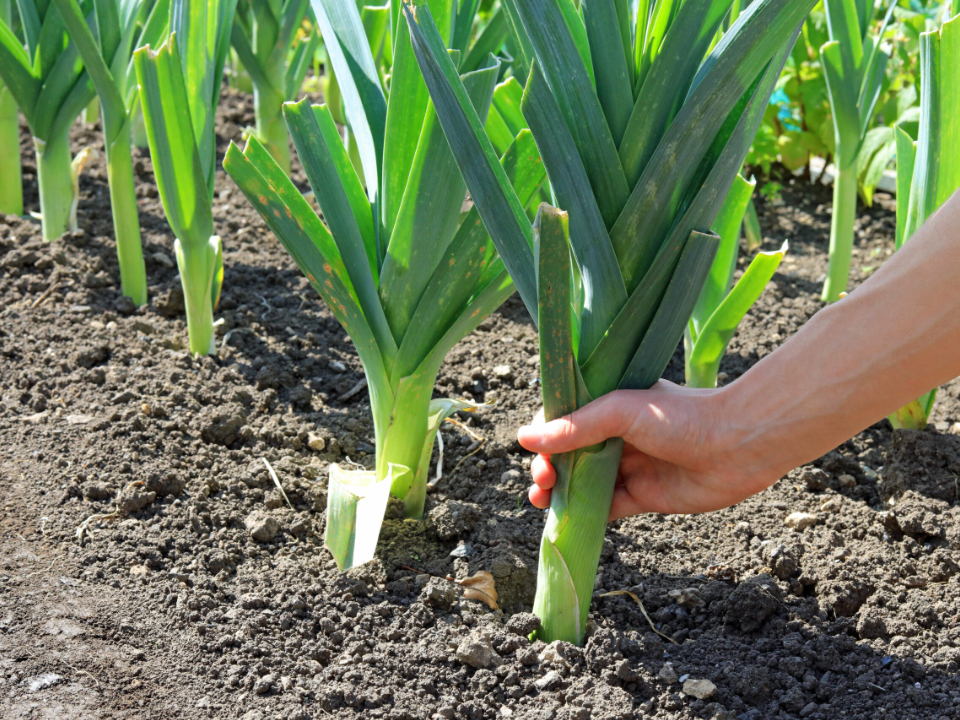
Leeks, with their mild onion flavor, become sweeter and more delicate after frost. The cold helps reduce the sharpness that is common in leeks, making them more versatile and enjoyable. The sweetness brought out by the frost makes them perfect for dishes like potato-leek soup, where their mild flavor complements other ingredients.
The texture of leeks also improves, becoming more tender and easier to work with. Leeks can be sautéed, roasted, or added to stews and casseroles. They pair wonderfully with root vegetables and meats, adding depth to any dish.
Parsnips
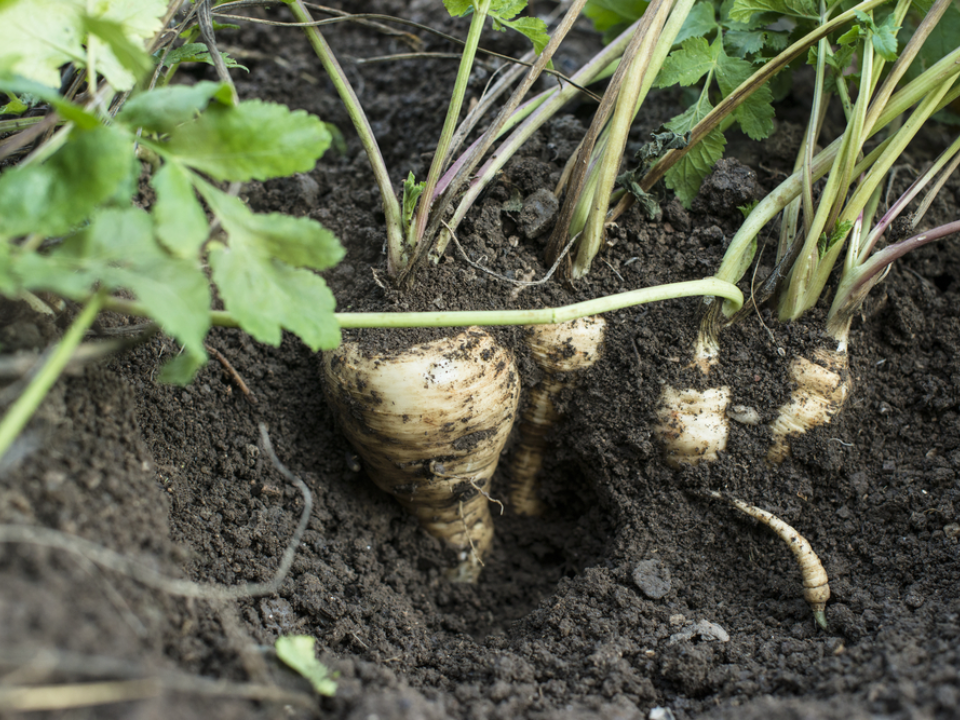
Parsnips are root vegetables that develop a wonderful sweetness after exposure to frost. The cold helps break down the starches in the root, converting them into sugars, which makes the flavor less harsh and more refined. Parsnips that have been touched by frost have a softer texture, making them perfect for mashing, roasting, or pureeing.
The sweetness of the parsnips intensifies when roasted, making them a perfect side dish for fall meals. Parsnips can also be added to soups or stews, where their subtle sweetness adds balance to the savory flavors of the dish.
Turnips
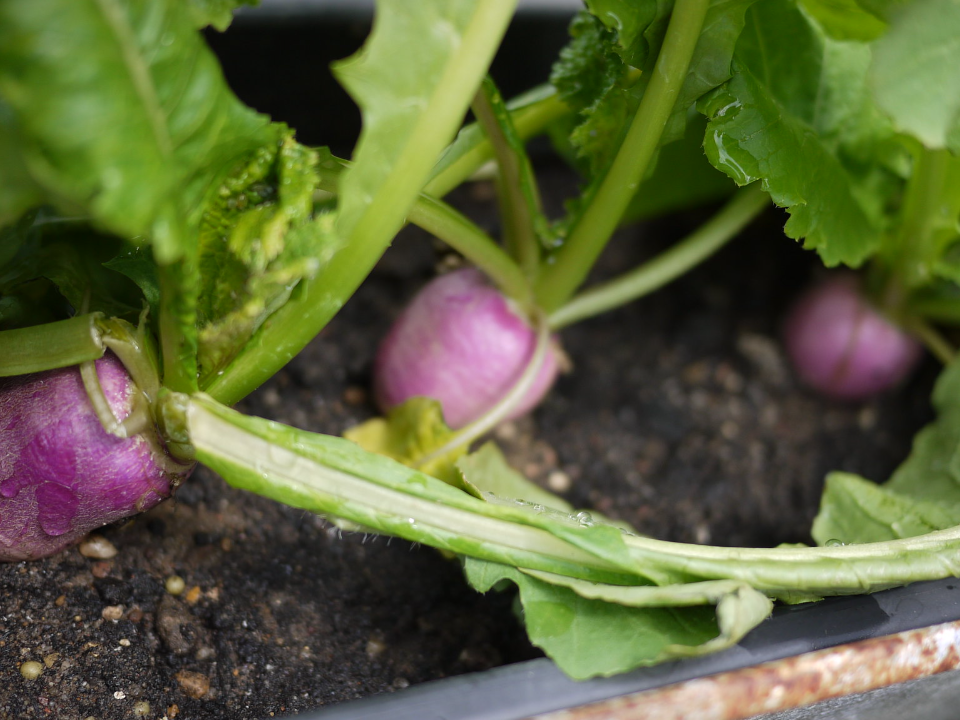
Turnips are another root vegetable that becomes sweeter and milder after a frost. The cold helps the plant convert starches into sugars, reducing the sharp, peppery flavor that can sometimes be overwhelming. This transformation makes turnips much more enjoyable to eat, especially in roasted or mashed dishes.
The frost also helps to tenderize the turnips, making them easier to prepare and cook. Whether roasted, added to soups, or mashed, the sweetness of post-frost turnips makes them a versatile and delightful fall vegetable. Their mild flavor is perfect when paired with herbs and other root vegetables.
Swiss Chard
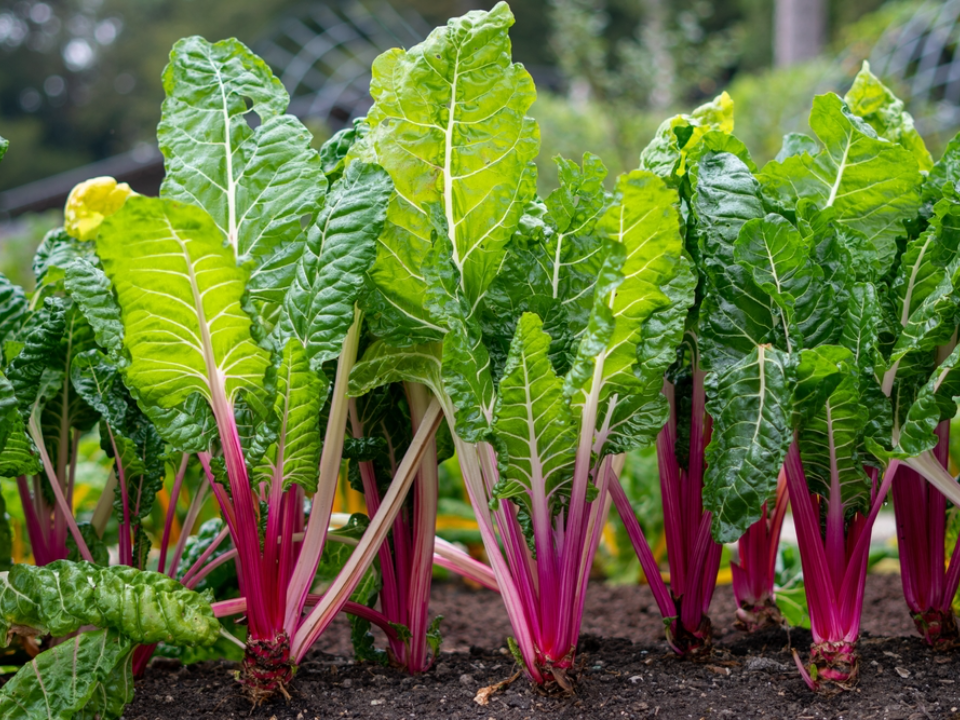
Swiss chard is another leafy green that improves after a frost. The cold weather causes the plant to become sweeter, which helps to balance the bitterness that can sometimes be present in the leaves. Swiss chard’s flavor is enhanced after frost, making it an excellent choice for dishes like sautés, soups, or even as a filling in pastries.
The frost also softens the stems, making them more enjoyable to eat. After frost, Swiss chard’s sweetness pairs well with garlic, onions, and other autumn vegetables. The leaves become tender, making them perfect for a light sauté or added to a hearty vegetable stew.
Radishes
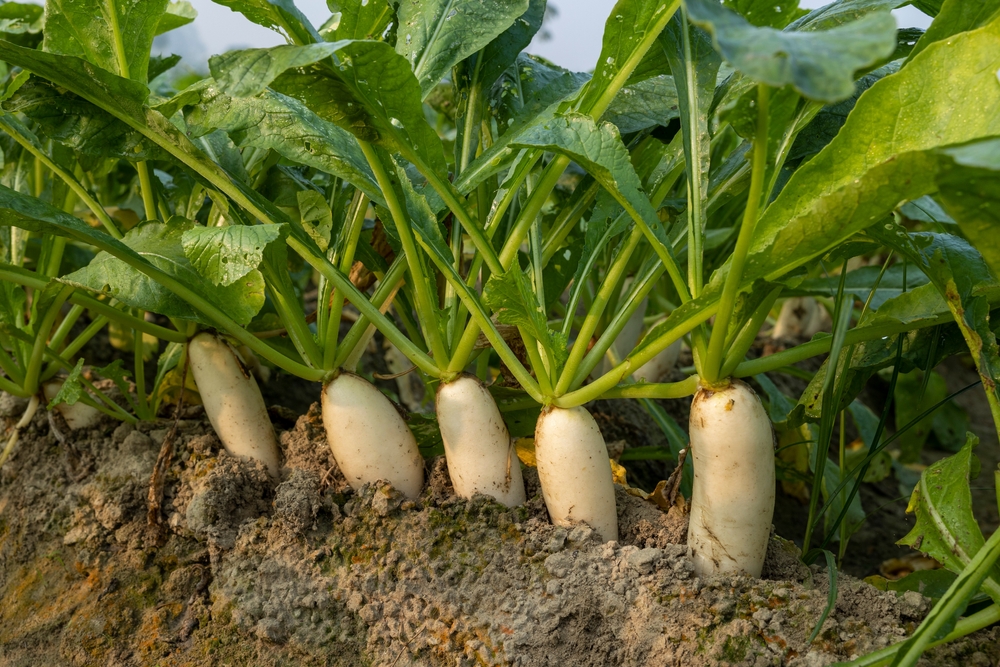
Radishes are known for their peppery bite, but frost helps tone down this spiciness, leaving behind a sweeter, milder flavor. The cold encourages the plant to store more sugar in the roots, which softens their sharpness and makes them more palatable. Frost-enhanced radishes can be eaten raw in salads, pickled, or roasted.
The sweetness that develops makes them more versatile, as they pair well with both savory and sweet ingredients. When roasted, radishes become even milder and take on a subtle, earthy flavor that complements any fall dish. Their sweetness after frost also adds a surprising depth to soups and stews.
Mustard Greens
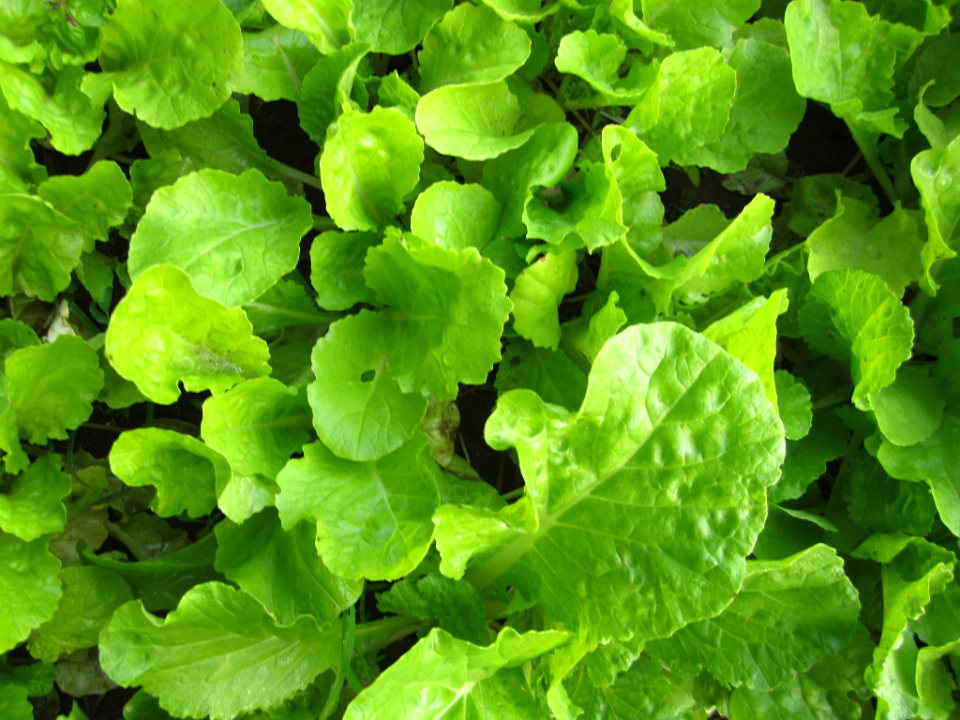
Mustard greens, typically known for their sharp, spicy taste, mellow out after frost. The cold reduces the bitterness, making the greens more palatable and less pungent. After frost, mustard greens become sweeter, which makes them ideal for dishes like sautés, soups, or even fresh salads.
The frost also helps tenderize the leaves, making them more enjoyable to eat. Whether sautéed with garlic or added to a stew, these greens offer a sweetness that contrasts with their usual peppery flavor. The frost-treated mustard greens are a wonderful addition to any fall meal.
Celery
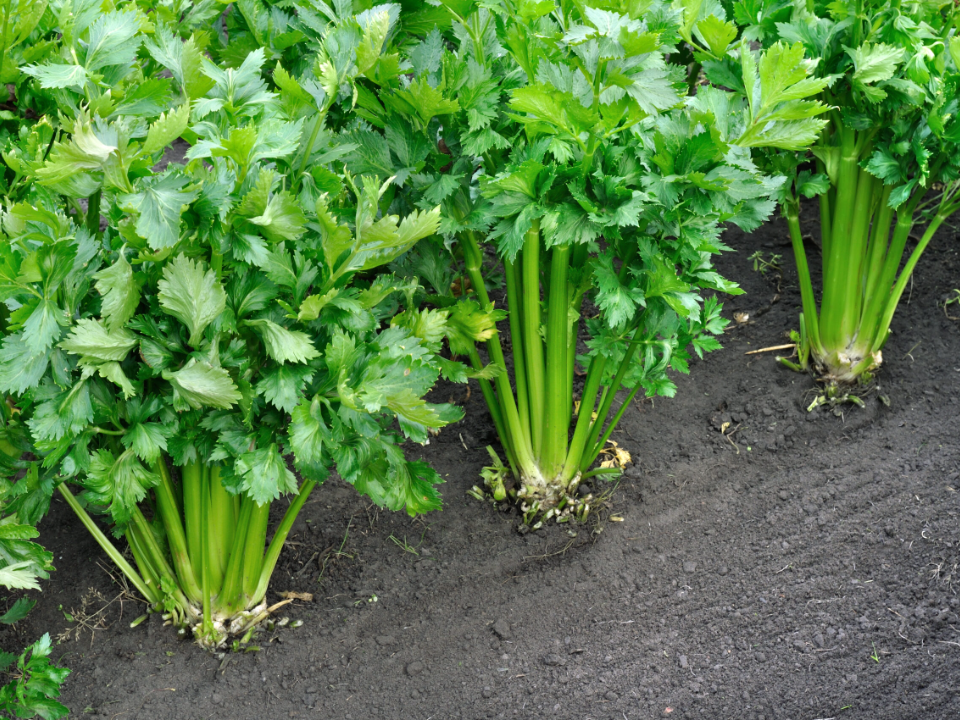
Celery benefits from cold weather by becoming sweeter after a frost. The cold weather causes the plant to store more sugar, which reduces the bitterness that is often present in celery. The frost also helps to make the celery more tender, making it easier to work with in the kitchen.
Post-frost celery is perfect for adding to soups, stews, or salads, where its sweetness and crunch can shine through. The flavor is also improved when roasted, making it a great vegetable to include in fall dishes. The frost-enhanced flavor adds a lovely contrast to richer fall ingredients, such as root vegetables and meats.
Fennel
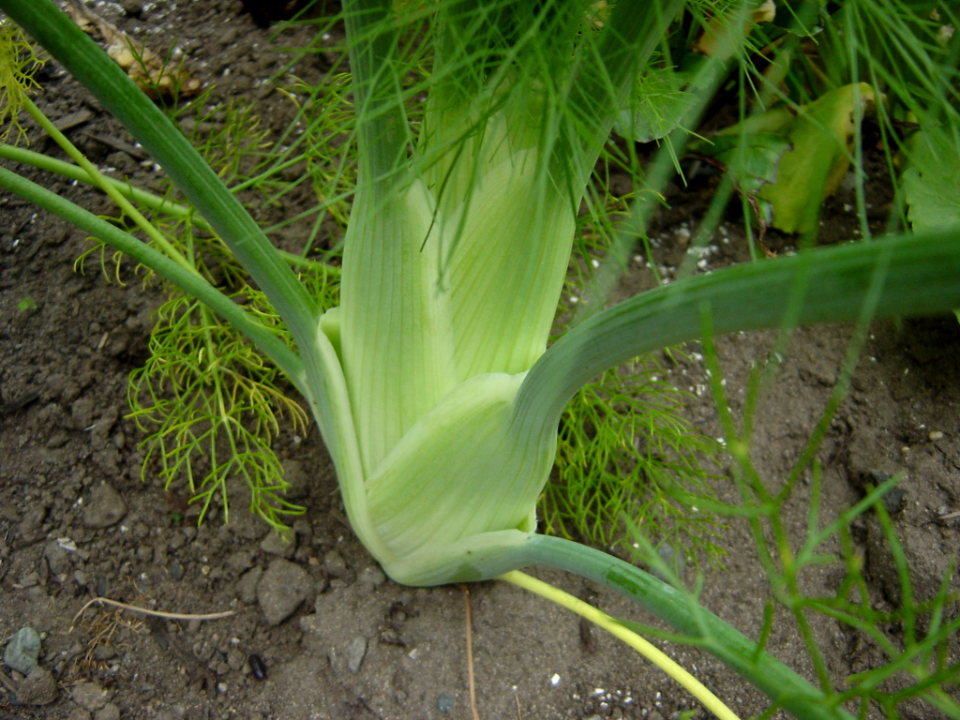
Fennel, known for its mild anise-like flavor, becomes sweeter and more delicate after frost. The cold weather encourages the plant to store more sugar in its bulb, softening the licorice flavor and making it more enjoyable. After frost, fennel can be used in a variety of dishes, from roasted vegetables to fresh salads. The sweet, mild flavor works particularly well when paired with citrus, cheese, or roasted meats.
The texture of the bulb also improves, making it more tender and easier to cook with. Whether sliced thin and eaten raw or roasted for a deeper flavor, fennel after frost offers a delightful twist on a fall vegetable.
Endive
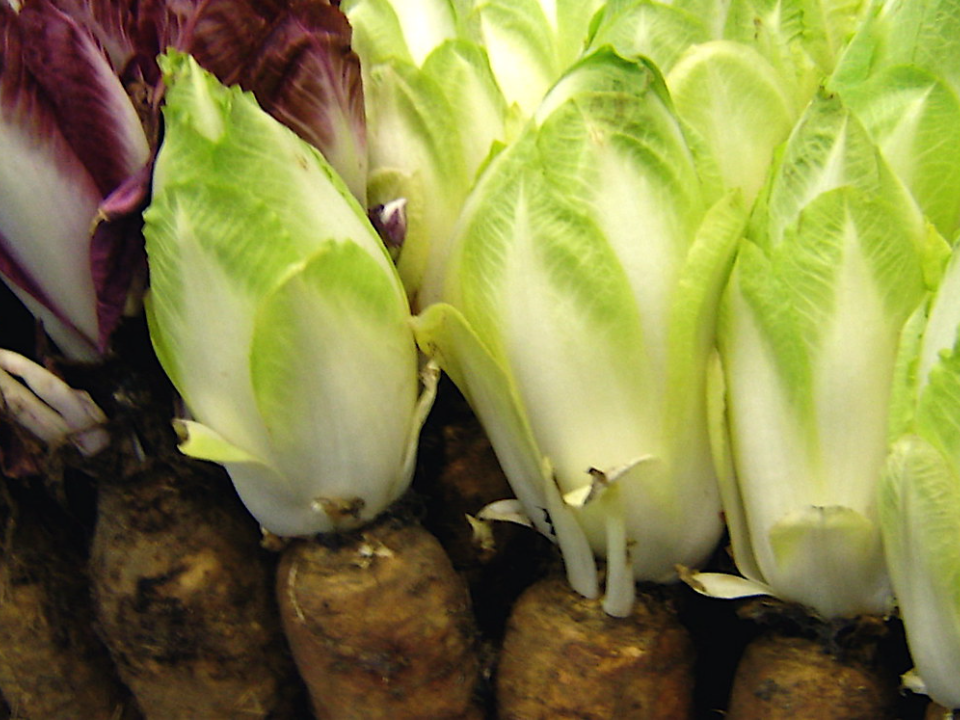
Endive is a vegetable that becomes milder after frost, as the cold reduces its natural bitterness. The frost helps the plant store more sugar, making the leaves sweeter and more enjoyable. This transformation is particularly noticeable in the inner leaves, which become more tender and less pungent after frost.
Endive can be used raw in salads, where it adds a sweet, slightly bitter flavor that contrasts with other ingredients. After frost, it can also be braised or sautéed, where the sweetness is further enhanced. The frost-touched endive is perfect for creating a balanced, flavorful dish that complements autumn flavors.
This article originally appeared on Avocadu.
